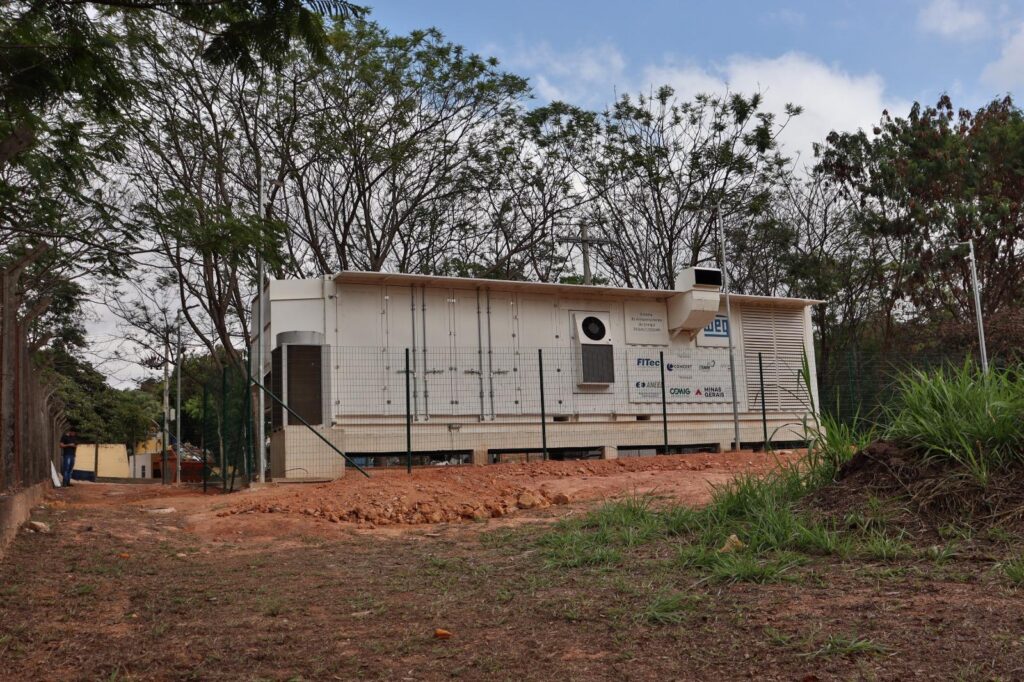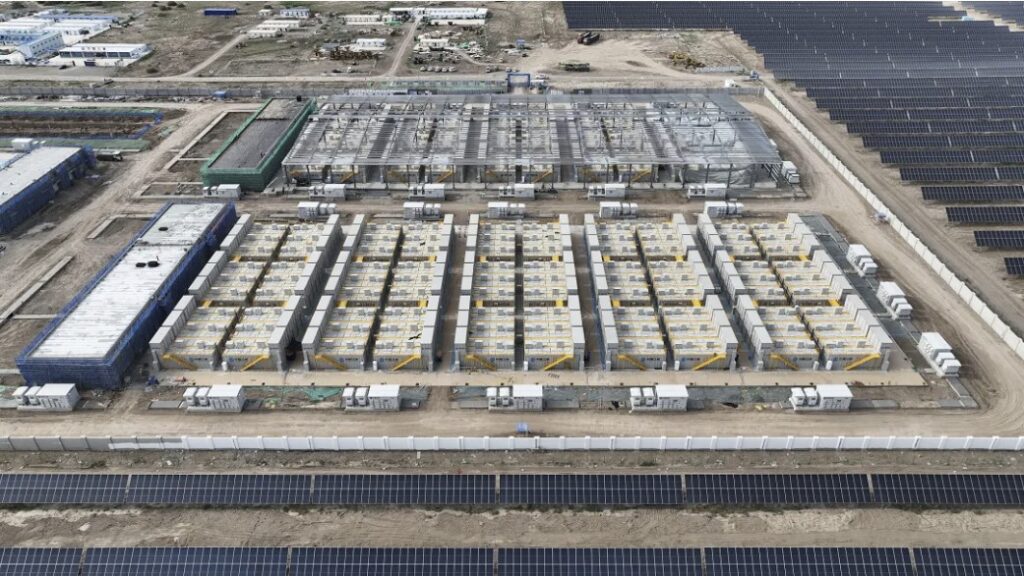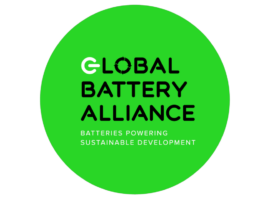Brazil launches public consultation on battery capacity reserve auction

Brazil’s Ministry of Mines and Energy (MME) released last Friday the draft of the battery capacity reserve auction, the LRCAP Storage 2025, for public consultation. The public procurement will take place in June 2025.
To participate, projects must be registered and request technical qualification from the Energy Studies Company (EPE), according to instructions that have not yet been published. Projects must have at least 30 MW of installed capacity, zero unit variable cost, access to the transmission network with the capacity to transport the injected power, and a minimum operating capacity of four hours.
Ten-year supply contracts will be negotiated, with delivery starting on July 1, 2029.
The commitment to deliver maximum available power must be equal to four hours per day, as defined by the National Electric System Operator (NESO) at the daily programming or real-time operation stage, with a guarantee of the project’s recharge time. The NESO may dispatch the resource for more than four hours per day with power proportionally lower than the maximum availability.
Projects will be remunerated with a fixed annual lease paid in 12 monthly installments, which may be reduced by up to 30% depending on the performance of the system in previous months, which must be monitored by the NESO.
According to the text submitted for public consultation, there will be no financial compensation for restrictions for storage systems that provide auxiliary services in the event of total or partial discharge of batteries due to grid restrictions.
The draft guidelines also define that the total amount of capacity reserve to be contracted will be defined by the MME, based on studies from the EPE and the NESO, in accordance with the general criteria for supply guarantee established by the National Energy Policy Council (NEPC).
“The 2025 Capacity Reserve Auction will open up new opportunities for the storage sector in Brazil, consolidating this solution as essential for the operational flexibility of the electrical system and for the modernization of the country’s energy mix,” said Markus Vlasits, president of the Brazilian Association of Energy Storage Solutions (ABSAE). “This first auction will certainly provide the necessary stimulus for the growth of the energy storage supply chain, including both national and foreign manufacturers, and give a boost to various engineering services, the metalworking industry, electronics and several other services.”
Earlier last week, the National Electric Energy Agency (Aneel) updated its regulatory agenda, postponing until 2025 the regulatory adjustments for the inclusion of storage systems in the National Interconnected System (SIN).
“Electricity storage can help structurally strengthen the security of the Brazilian electricity system. In addition, storage systems can be combined with solar sources to give consumers more independence, autonomy, versatility and control over their electricity use,” said general director of the Brazilian Association of Photovoltaic Solar Energy (Absolar), Rodrigo Sauaia.
According to the association, storage technologies can help reduce the use of emergency fossil fuel plants and save hydroelectric reservoirs, benefiting consumers with lower electricity bills over time. In addition, storage systems help increase the share of cleaner and more competitive renewable sources in the Brazilian electricity mix, including solar.
“In the midst of the climate crisis that is already having a strong impact in Brazil, solar energy has surpassed 47 GW of installed capacity. As a result, it has already avoided the emission of 57 million tons of CO2 in electricity generation. By combining photovoltaic generation with batteries, we can reduce the need for emergency fossil fuel plants, with the consequent reduction in the emission of pollutants and greenhouse gases, improving air quality for the population,” he adds.
Another benefit of storage is the possibility of reducing the waste of renewable energy, with projects suffering recurrent curtailment as instructed by the NESO. Instead of being wasted, this renewable and competitive energy could be stored to be used when the power system needs it.
From pv magazine Brazil














